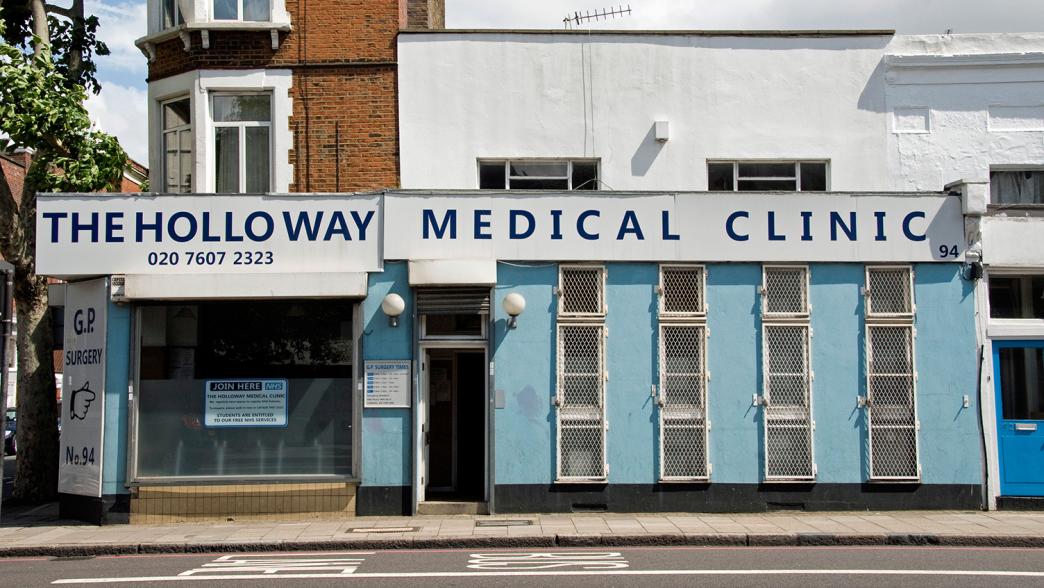Insight paper
Delivering a general practice estate that is fit for purpose
The next government must urgently modernise old and cramped NHS GP buildings.

The next government must urgently modernise old and cramped NHS GP buildings.

What pressing public service issues face the winner of the general election?
What impact could public services have on the general election campaign - and what challenges face an incoming government?
GPs and the rest of the general practice workforce are working in buildings that are often too cramped, old and inflexible for a modern health service
Spending plans from April 2025 onwards for public services are very tight.